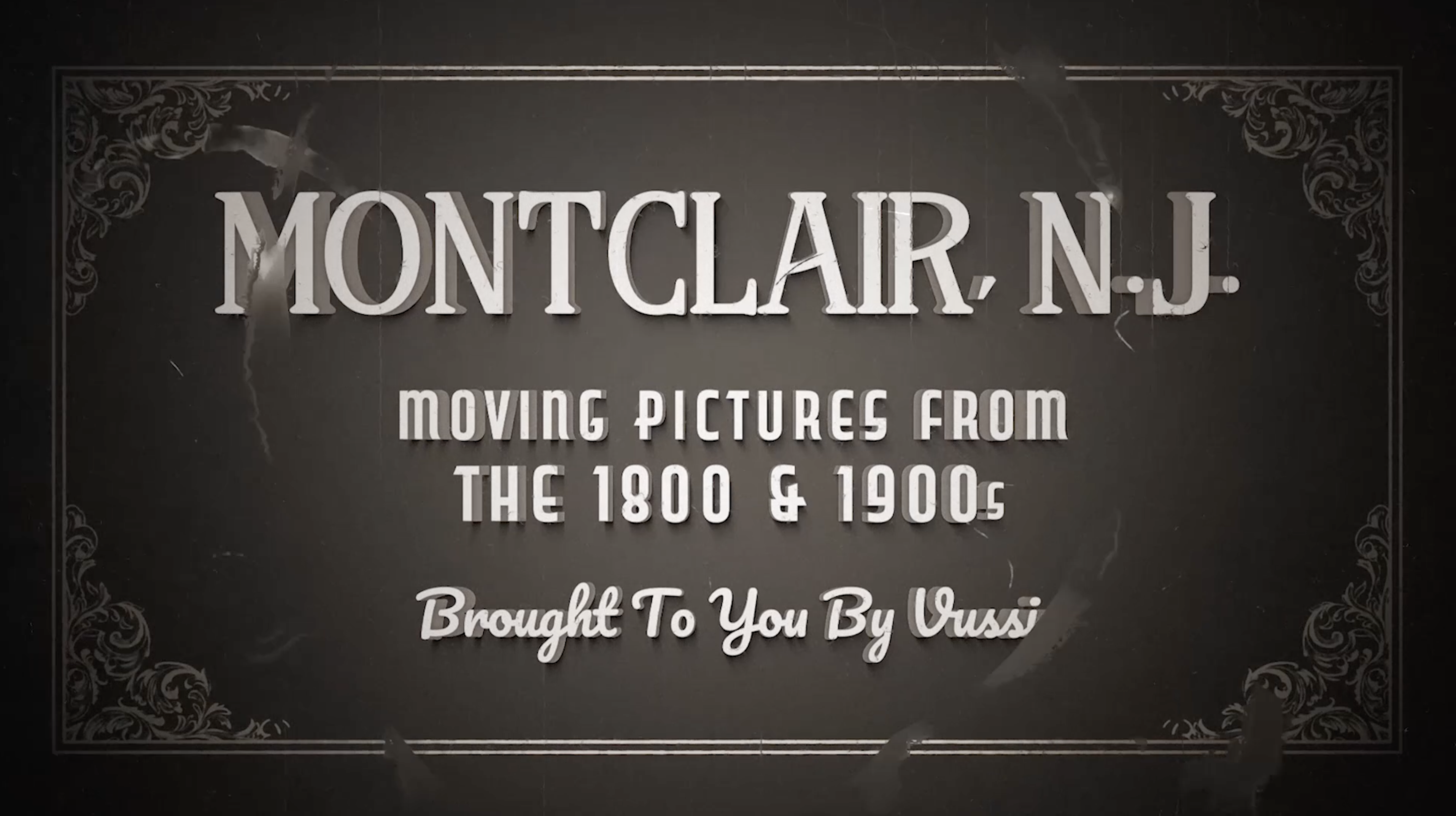The captivating imagination of both skeptics and believers has long centered on the occurrence of UFO sightings in America. While many phenomenon may have perfectly reasonable explanations such as our own atmospheric conditions that can make lights seem mysterious and otherworldly those who think they have seen a UFO usually describe their encounter with a veracity that is quite striking. The light or shape or (in many cases) the erratic behavior of the object seen simply cannot be accounted for by any known science or technology, these people are basically saying. In what follows, we’ll take a look at a series of infographics exploring just what kinds of things people say they are seeing in our skies.
When we break down the astonishing information depicted in visuals, we must appreciate the larger framework of UFO sightings in the United States. These particular graphics don’t just spotlight some heated-up locales they also provide some tantalizing clues about the shapes of the things being seen and the time of year they’re most likely to be spotted. All of which raises the question: What kind of story are these numbers telling?
The Geography of Mystery: Sightings per Capita
In America, UFO sightings are not distributed evenly but show quite a lot of interesting variation when viewed on a map. Some places like Washington’s Chelan County and Arizona’s Yavapai County appear to be very much in the zone when it comes to seeing unidentified flying objects. Is it the wide open sky that makes these areas more likely to observe something as yet unidentified zipping through the atmosphere? Is it something to do with the culture of the people who live there? Or could it be that the UFOs themselves are attracted to these midwestern regions?
Light vs. Dark: Population Density and Sightings
An aspect of the infographic that is particularly fascinating is the contrast it draws between UFO sightings and population density. After adjusting for population, it becomes evident that certain areas are disproportionately stuffed with reported UFO encounters. This could be a statistical anomaly, but some have posited that it might be something other than chance that makes these regions so UFO-friendly. The appearance of a UFO in a less populated area could result from any number of mundane explanations, but the alternative what if extraterrestrials or other made-a-quick-stop-here entities are showing up in the kind of places most of us don’t visit? seems at least equally plausible.
The Cosmic Ballet: Shape Trending
One of the more compelling narratives offered by the data is the variety of shapes reported. The trending graphics emphasize the prevalence of forms like “lights” and “fireballs,” suggesting that simple, luminous phenomena dominate the American UFO sighting catalogue. Meanwhile, more complex shapes such as “triangles” and “circles” also maintain a steady presence, perhaps hinting at our propensity to find patterns even if extraterrestrial in the inexplicable. The diversity of shapes beckons us to explore what these aerial anomalies might say about our psychological inclination to assign meaning to ambiguous phenomena.
Time: The Final Frontier
When it comes to UFOs, the most basic and crucial element is the timing of the sightings. In America, UFO reports show significant variation throughout the 24-hour day, with peaks during the hours of darkness. This simplicity of sighting time could be due to another simple factor: human activity. More people are outside, looking up at the possible navigational hazards that are stars, and there is no time when a person is more physiologically primed to see something strange in the sky as it edges between dusk and full dark.
UFO Sightings and the American Psyche
The lasting allure of American UFO sightings speaks to something deeper within the national psyche: a potent cocktail of curiosity, fear, and the eternal quest for the unknown. S Medicaid in contrast, UFOs offer a 5 g a 1 c a canvas on which society projects its dreams, a transforming economy of fear and unreality. Unsettling flying saucer reports are garishly unreality. mirrored by our g g r S y government UFO programs.
Conclusion: An Everlasting Enigma
Ultimately, we are left with more questions than answers when it comes to UFO sightings in America. The infographic shows some trends and raises some concerns, particularly about the quality of the data. But if there is a takeaway from all of this, it might simply be that we too are data points in a larger mystery.
Skeptics or believers, the UFO sightings perennial intrigue urges us to keep questioning the very nature of the reality that we occupy. From a story structure standpoint, what is it that makes the stars or the lights that travel through them so compelling an impetus for the curation of human narratives? Is it nothing more than the promise of a good tale, one that can divert us from the mundanities of our terrestrial existences, or does the UFO sightings phenomenon in America speak to something more significant and, dare I say, even existential?







